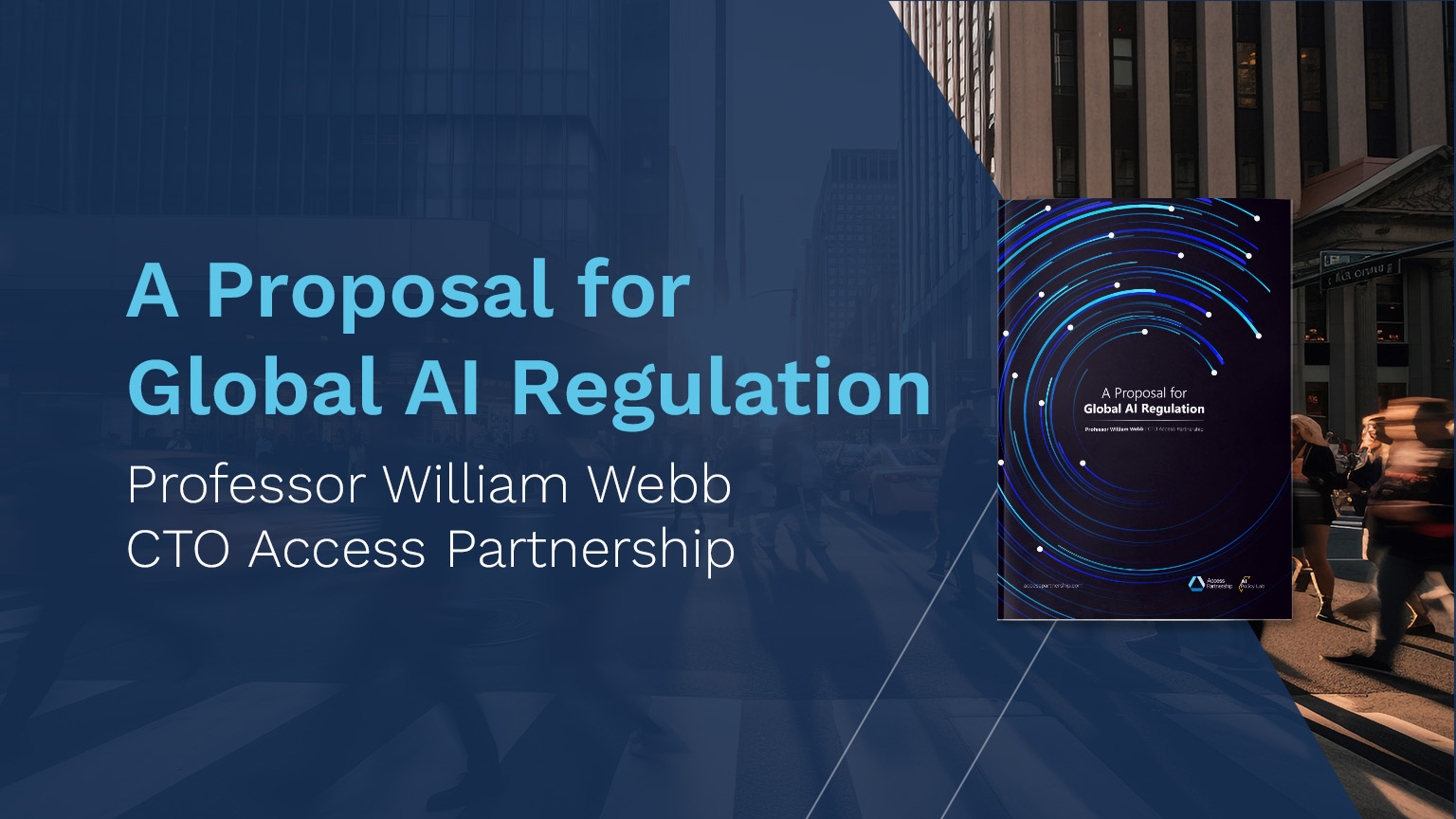

“AI’s potential for both benefit and harm necessitates global regulatory evolution.”
In the ever-evolving landscape of technology, Artificial Intelligence (AI) emerges as a revolutionary force with unparalleled promise for the betterment of humanity. However, nestled within its transformative capabilities lies a parallel reality of potential risks and consequences. The profound duality of AI’s potential benefits and possible harms sets the stage for a critical discourse on the necessity of regulating this groundbreaking domain.
With a legacy that spans the past century, AI stands poised to surpass all previous technological achievements in terms of its potential impact. Yet, this immense potential is accompanied by a shadow of uncertainty, wherein the extent of potential harms remains largely undefined, albeit easily imaginable. Navigating the complex journey of AI regulation presents challenges that have been well-identified—rapid advancements, nebulous understanding of macro-level risks, foundational influence on diverse fields, and the global scale of its reach.
Remarkably, amidst the rapid pace at which AI evolves, a notable consensus emerges: the imperative need for regulatory measures. Unlike other swiftly evolving spheres, the resounding call for some form of regulation resonates almost universally, acknowledging the intrinsic criticality of steering AI’s trajectory. As we delve into the intricacies of AI regulation, it becomes clear that striking a harmonious balance between unlocking its boundless potential and mitigating its potential pitfalls is a task that demands concerted global effort.
Professor William Webb, CTO of Access Partnership, offers insights into the necessity of regulating AI on a global scale. Webb’s proposal suggests that as AI evolves, there’s a need to strike a balance between its benefits and potential risks. His proposal encourages a collaborative effort towards guiding AI’s development while ensuring responsible and beneficial outcomes.
Download A Proposal for Global AI Regulation in the link below:




